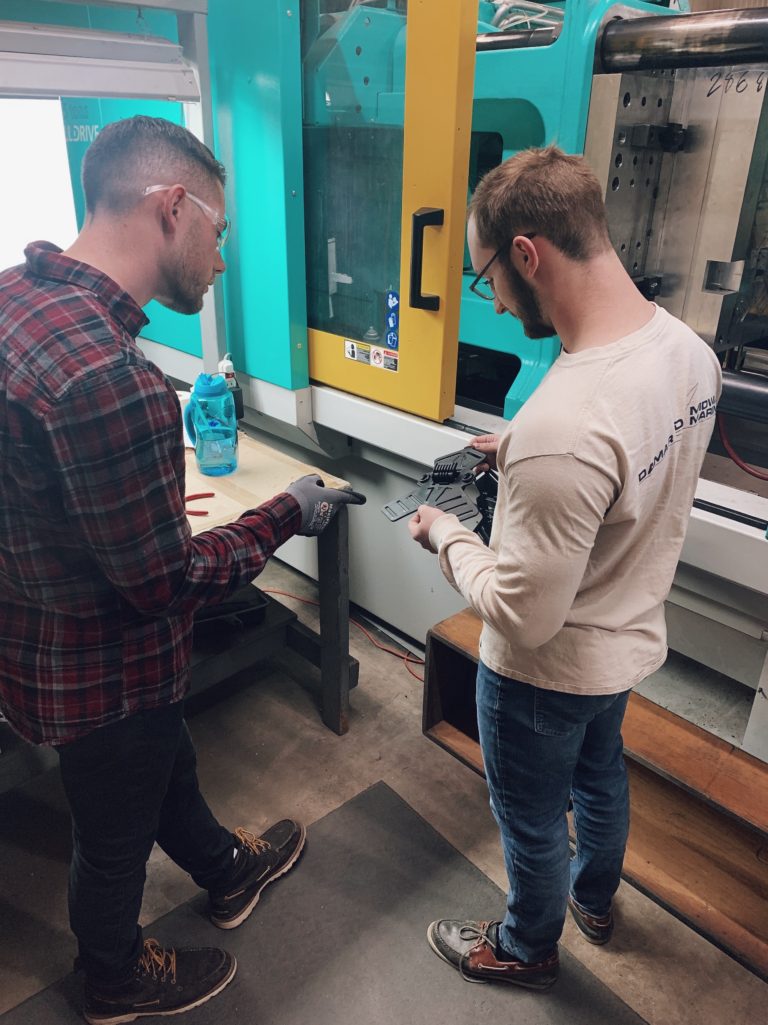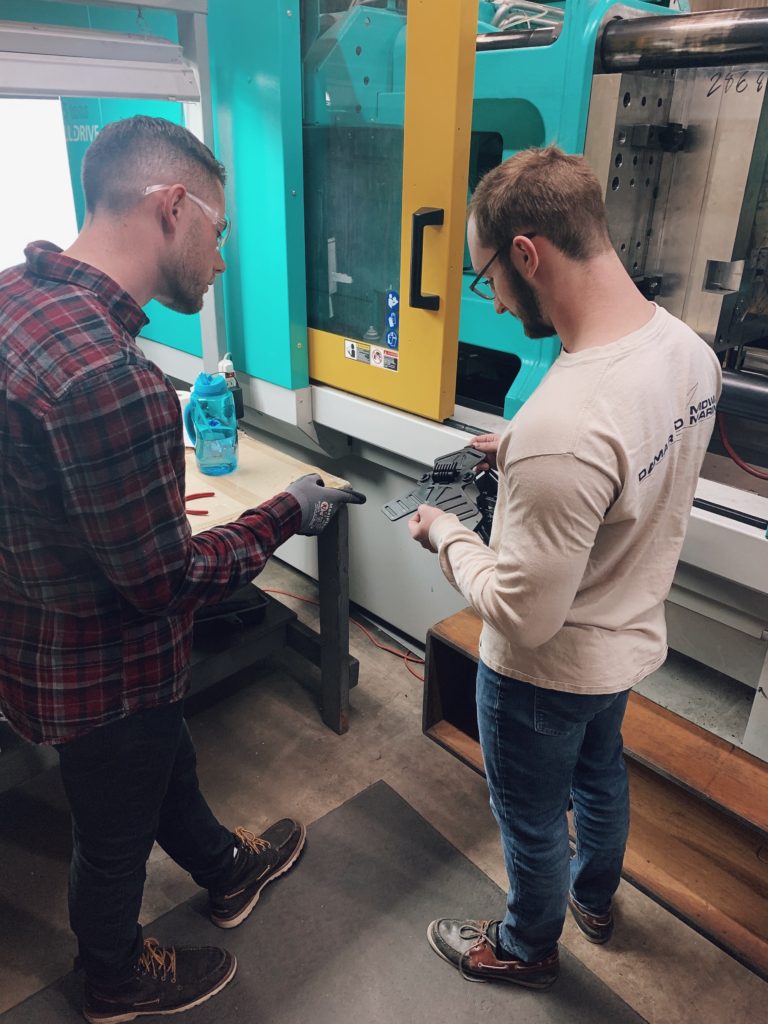
Young Leader Strategies by David Parmelee Jr.
Taking on my first department management job at 22 years old required me to learn how to be an effective leader in a condensed time frame. My primary focus was narrowed down to growing as a person while, at the same rate, growing a culture of family and constant improvement within the department. During the first few months, it seemed like an unrealistic prospect that all of these goals would be accomplished in what felt like an extraordinarily tight amount of time. Ultimately, to tackle this in my new position, I focused on my team members. I quickly understood the ease in focusing on the “what” aspects of each person, being what they are responsible for, what they need to accomplish, and what date they need to accomplish it by. This was sufficient for merely grasping the functions of each teammate; however, it was not conducive to the growth of each team member on an individual scale, nor to the department as a whole. I shifted gears and started asking the question “why”, and this is when things changed for me. This kind of engagement with team members is critical to learning about each of them past the aspects of their day-to-day work. All things considered, this barely scratches the surface of the potential this type of engagement can offer a leader with his or her team members. Yet, showing that you actually care about your team brings great joy to the department atmosphere, and in return, allows for each member to become a valuable part of a working machine.
Through time spent engaging with each individual on a deeper level by asking the why’s, you have the opportunity to help through challenges they face, breaking the that’s just the way things are mentality. By approaching every task with why in mind, not only can improvements be made but also an environment of productivity can be fostered. A term called 2-Second Improvements is developed when asking the “why”. The term is pretty self explanatory: 2-Second Improvements are improvements that take a mere two seconds to accomplish. These improvements carry emphasis on constant improvement culture, for when you improve on a minute scale, you are allowed room to improve on a greater scale. While short-term improvements feed into constant improvement culture, engaging with each team member and working alongside them drives family culture. It is important to be working alongside individuals while allowing them the freedom to make their own decisions, so long as the core focus and purpose of those decisions are clearly outlined and defined. The appreciation and feedback are enormously positive from the department and this has helped to make large strides in the direction of streamlining day-to-day responsibility. It is my responsibility as a leader to take into account the voices and suggestions of everyone in the department, to accommodate challenges faced, and to work day in and day out to develop a thought process where nothing is out of the question. 2-Second Improvements are a great start, but only scratch the surface when it comes to the possibilities that lie ahead.

